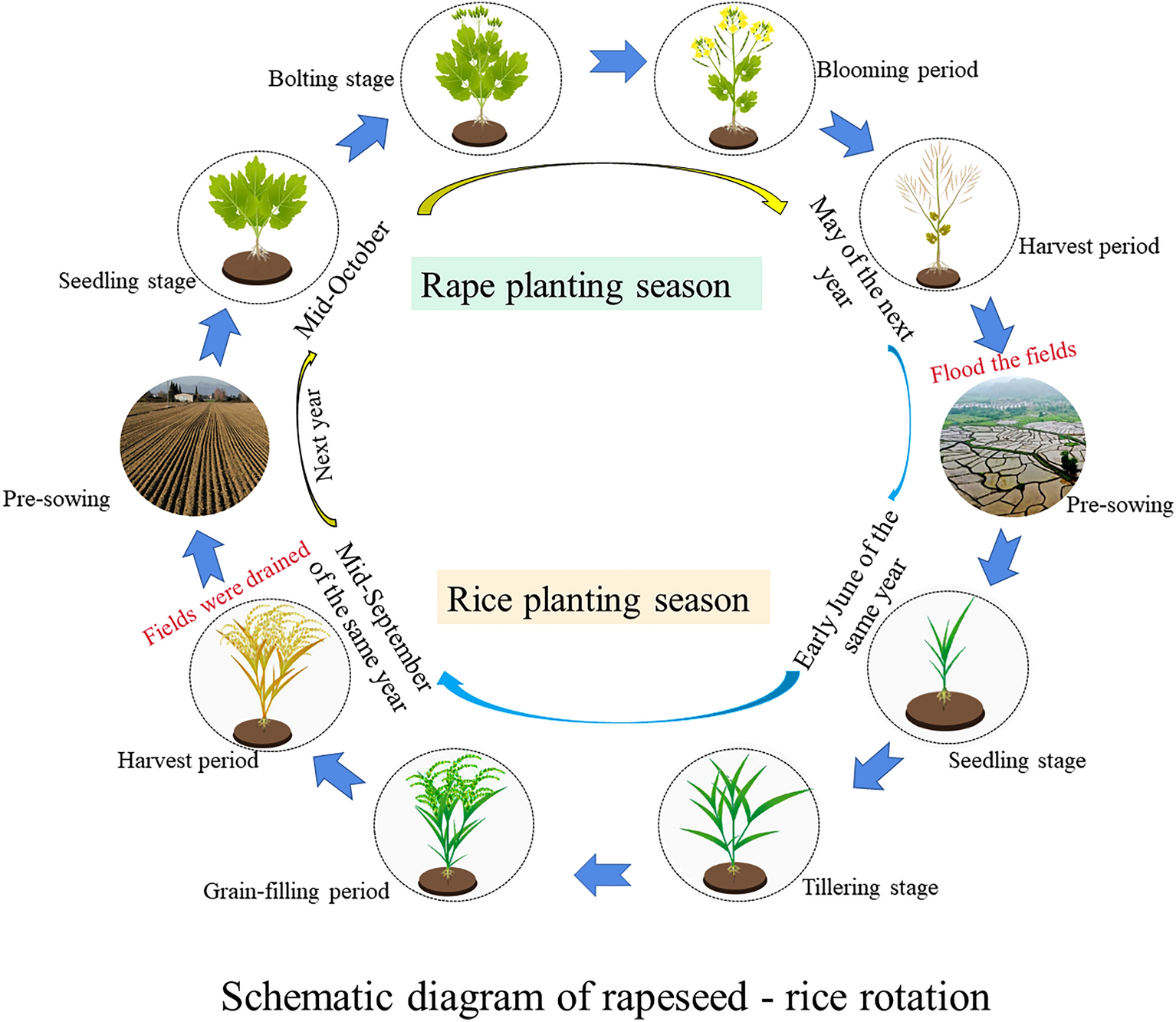Reference




Reference




OpenAI's Answer
Several plants are effective in the phytoremediation of cadmium (Cd) and zinc (Zn), which is a sustainable method for cleaning up contaminated soils. Here are some notable species:
-
Indian Mustard (Brassica juncea): This plant is well-known for its ability to accumulate heavy metals, including Cd and Zn, making it a popular choice for phytoremediation. It has shown significant potential in various studies for removing these metals from the soil (source: Land8).
-
Thlaspi caerulescens: This hyperaccumulator plant is particularly effective at absorbing both Cd and Zn from contaminated soils. It has been extensively studied and is recognized for its high efficacy in phytoextraction (source: NCBI).
-
Willow Species (Salix): Various willow species have shown promise in the phytoremediation of heavy metal-polluted soils, including those contaminated with Cd and Zn (source: NIFA).
-
Castor (Ricinus communis): This plant has demonstrated potential for remediating soils contaminated with both Zn and Cd (source: ScienceDirect).
-
Pennisetum purpureum: Known for its ability to extract Zn effectively, this plant is also employed in phytoremediation practices (source: Bioresources).
-
Arundo donax: This species has shown significant potential in extracting Zn from contaminated soils (source: Bioresources).
-
Gazania and Taraxacum officinale: These plants were studied for their effectiveness in removing cadmium and zinc from soil, showing promising results (source: MDPI).
The effectiveness of these plants can vary based on soil conditions, the presence of other contaminants, and the specific variety used. Incorporating these species into remediation strategies can significantly aid in reducing metal contamination in soils.

For more detailed information on specific species and their capabilities, you can explore the provided sources.
Follow Up
Related
What role do zinc and selenium salts play in reversing cadmium's effects?
How does cadmium affect peripheral blood mononuclear cell proliferation and cytokine release?
What are some examples of natural and synthetic pigments used in paints?
Which plants are commonly used for phytoextraction of heavy metals from contaminated soil?